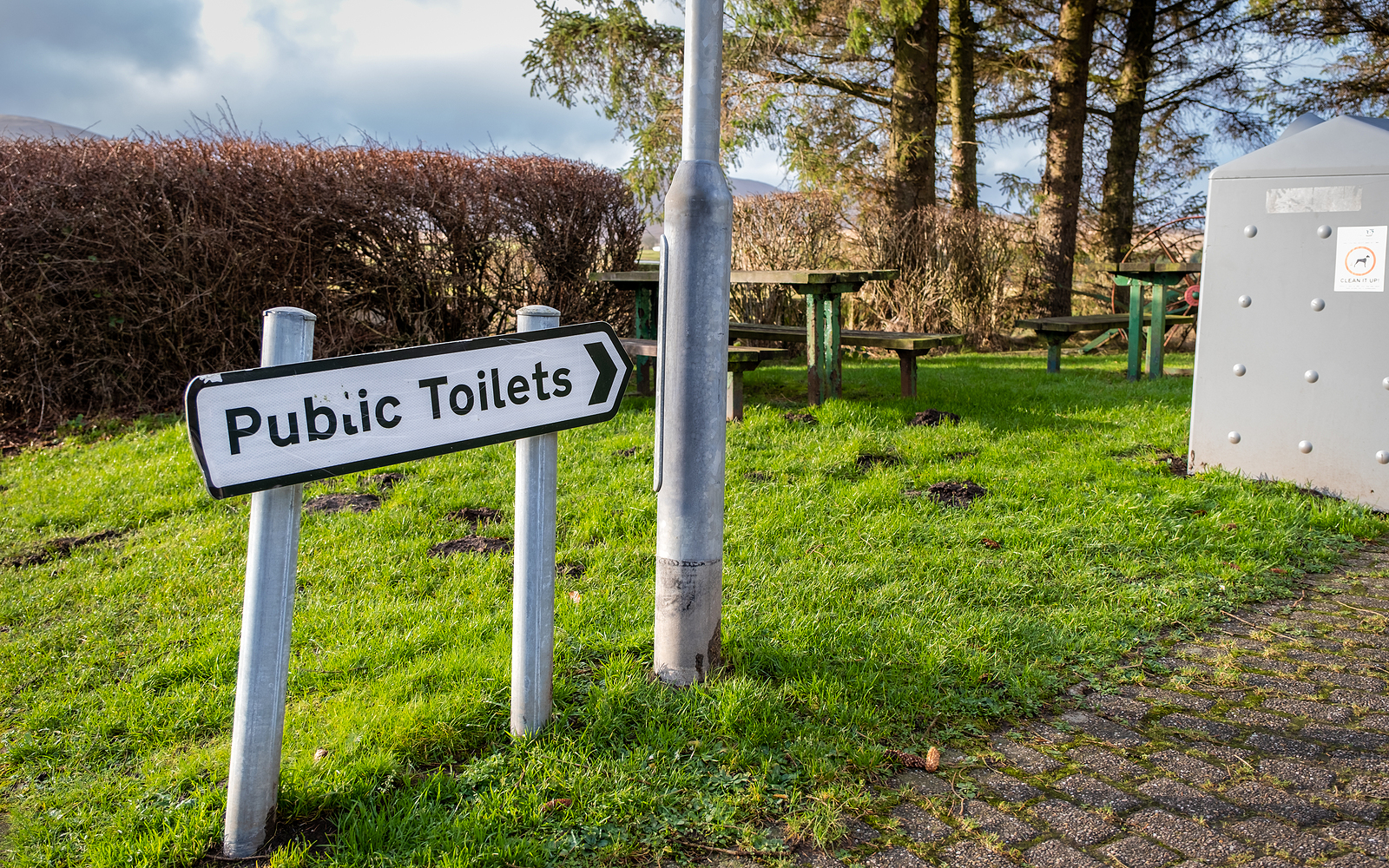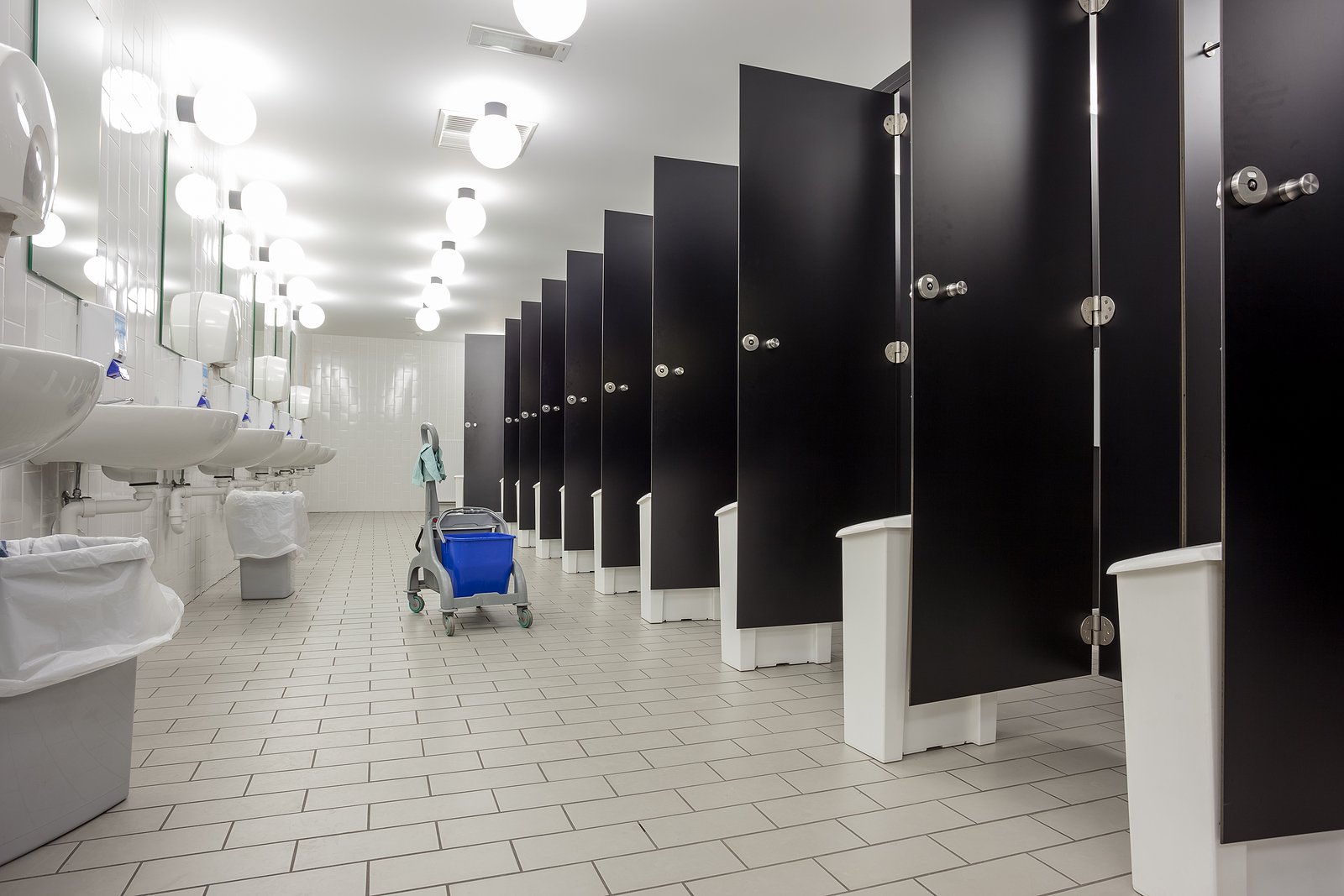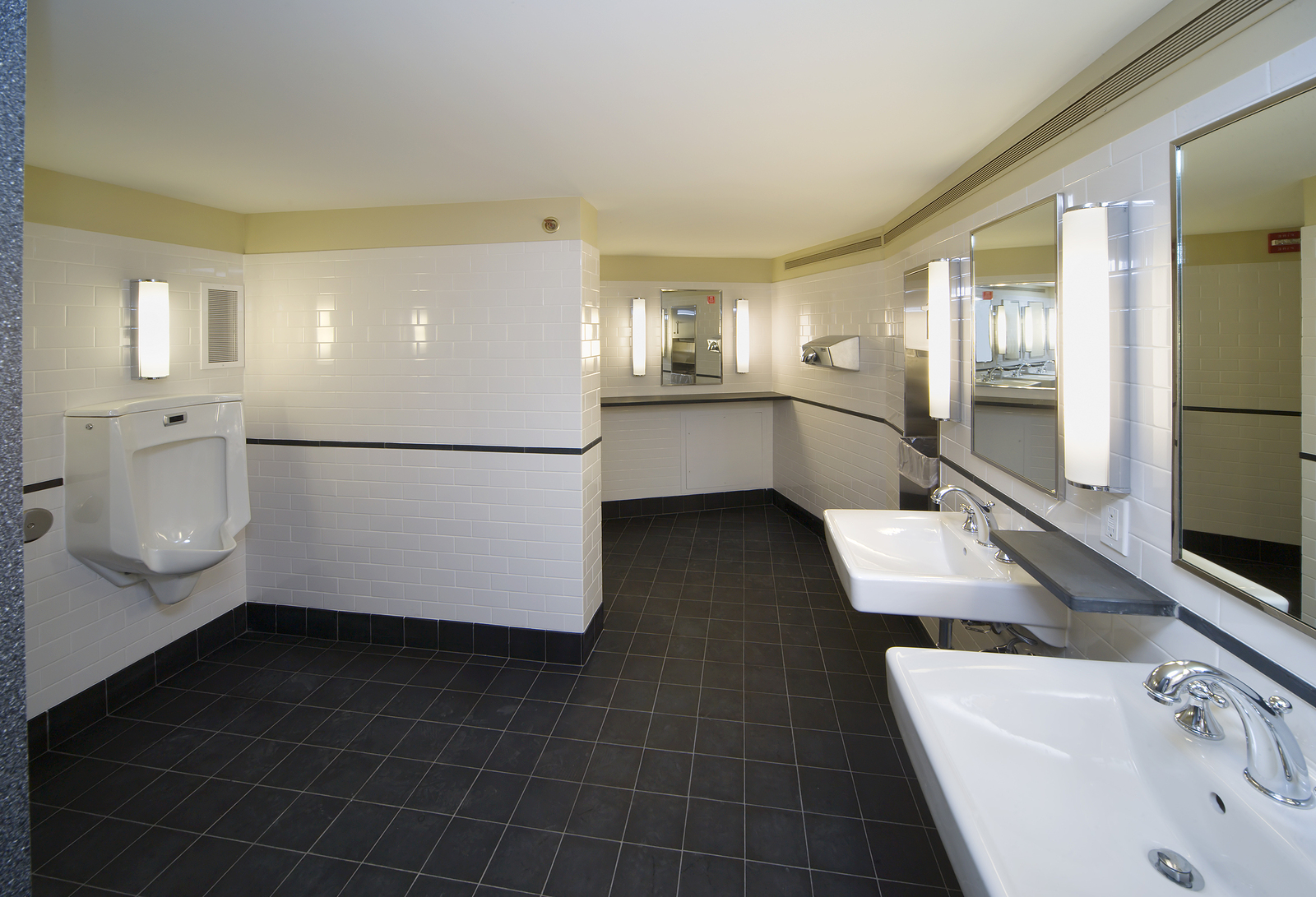

One of the most important pieces of infrastructure in commercial buildings and civic areas is the public washroom, and the availability of toilet cubicles is a factor in people choosing to travel outside.
The concept, described as a urinary leash by the Royal Society for Public Health, is more than a frustration but can limit the distance many people can travel away from their homes and may have contributed to economic problems found in physical retail and other high street businesses.
The solution is simple; build more publicly available washroom facilities, either within business or as separate buildings available to everyone, but where should they be installed and how should they be optimally designed?
What Is The Urinary Leash?
The distance we are able to travel is limited by our basic needs, and by extension the ability for people to travel around towns and cities is dictated and limited by their ability to attend to their basic bodily functions.
In most urban areas, the limiting factor will be access to washrooms, particularly as the need for them is typically outside of an individual’s control.
This can cause distress and frustration for people who find themselves without adequate facilities, and the bad experience can discourage future visits to an urban area, either as a tourist, commuter or relative local.
The urinary leash, therefore, is the combined effects on individuals, local communities and urban areas of the provision of public washrooms. The more accessible washrooms are available, the more people feel comfortable travelling, and vice versa.
This includes not only the cumulative need but the provisions required and overall design, as public washrooms need to have provisions for everyone who is set to use them.
If someone knows there are not enough toilet facilities near their destination, they may opt either not to go entirely, take a car so they can drive to a service station or location where they know public washrooms will be, or risk their health through deliberate dehydration or holding in their needs.
Cubicle Ratio
Exactly how many cubicles will be needed will depend on the location in question, and since as of 2025 the provision of public washrooms is at the discretion of the local authority in much of the UK, a useful tool for determining a baseline number can be found via the HSE’s workplace toilet provision guidelines.
They suggest that there should be one toilet for every 25 people in a workplace at any given time, and a similar methodology can be applied with public buildings and areas as well.
If a building has a capacity of roughly 1,000 people, such as an events venue, park or shopping arcade, then there should be at least 50 cubicles available.
Whilst not every public washroom is separated between men and women, where they are, there is the ratio of cubicles for men and women to consider as well.
The recommendation of the RSPH was a ratio of at least 2:1 women’s cubicles to men’s cubicles, or to follow the British Toilet Association’s recommendation that the number of female cubicles should equal the number of men’s cubicles and men’s urinal facilities combined.
Changing Places Provision
One major consideration when it comes to public washroom provision is ensuring there is an adequate number of disabled access and Changing Places toilets, as people with disabilities are most likely to be disproportionately affected by the urinary leash effects of poor public washroom availability.
This means that cubicles designed for disabled access as well as ones that are Changing Places compliant should be installed and made available as much as possible.
Standard accessible toilets, as described in Approved Document M2 (Page 1310 of the merged documents), are designed with enough space for a wheelchair, grab rails and handles and an alarm cord in case of emergency.
By contrast, a Changing Places washroom is at least 12 square metres, with grab rails, a wheelchair accessible washbasin, a hoist, changing bench and in many cases a shower. These provisions cater for the needs of 250,000 people in the UK.
Build Around Need And Lack
Ultimately, there are two major driving forces that shape the planning and locations of public washrooms; toilets should be built where they are needed most and they should also be built where there are a lack of alternatives.
Where they are needed most is around public areas with particularly high levels of traffic, which has led to the development of underground or pop-up urinals in some city streets, as well as in areas where the public is expected to go but washrooms are not provided at the level they are needed.





